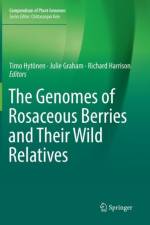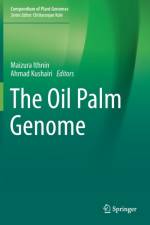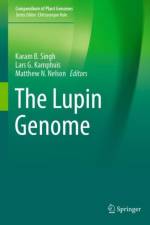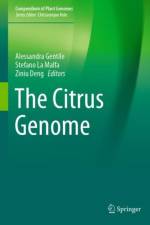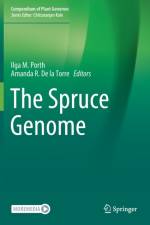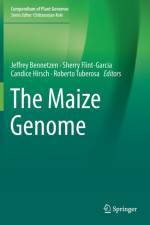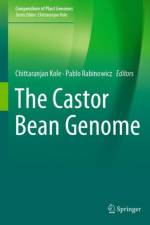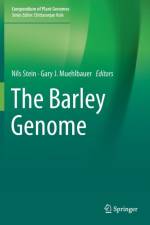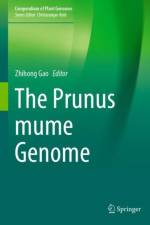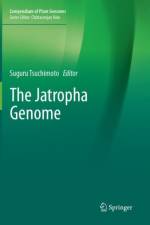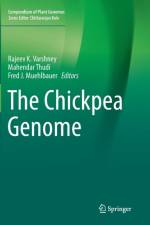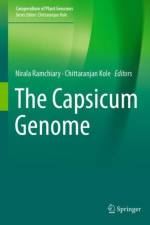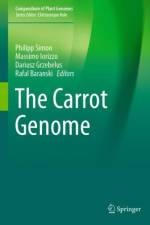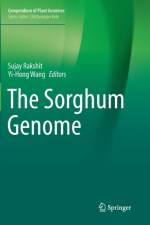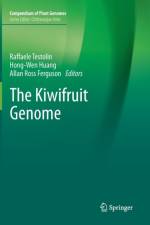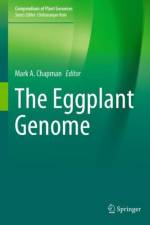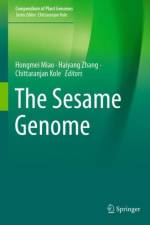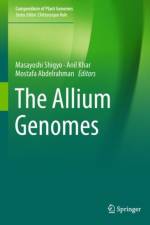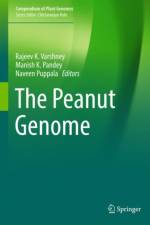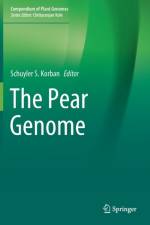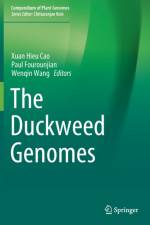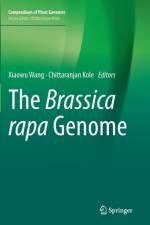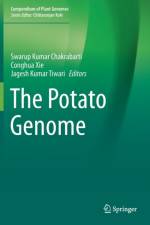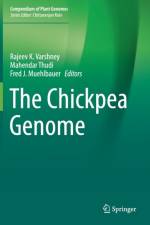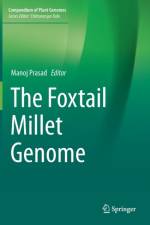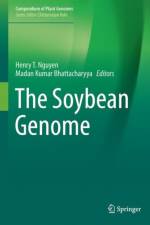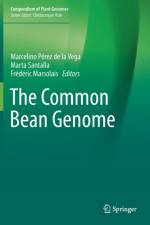140,00 €
Addressing the pear genome, this book covers the current state of knowledge regarding genetic and genomic resources, breeding approaches and strategies, as well as cutting-edge content on how these tools and resources are being / soon will be utilized to pursue genetic improvement efforts that will combine fruit quality, high productivity, precocious fruit bearing, and long postharvest storage life, along with elevated levels of resistance to various major diseases and insect pests. Throughout, the book also explores potential opportunities and challenges in genomic analysis, sequence assembly, structural features, as well as functional studies that will assist in future genetic improvement efforts for pears. The pear (Pyrus), an important tree fruit crop, is grown worldwide, and has several economically relevant cultivars. In recent years, modern genetic and genomic tools have resulted in the development of a wide variety of valuable resources for the pear. In the past few years, completion of whole genome assemblies of 'Dangshansuli', an Asian pear, and 'Bartlett', a European pear, have paved the way for new discoveries regarding for example, the pear's genomic structure, chromosome evolution, and patterns of genetic variation. This wealth of new resources will have a major impact on our knowledge of the pear genome; in turn, these resources and knowledge will have significant impacts on future genetic improvement efforts.

